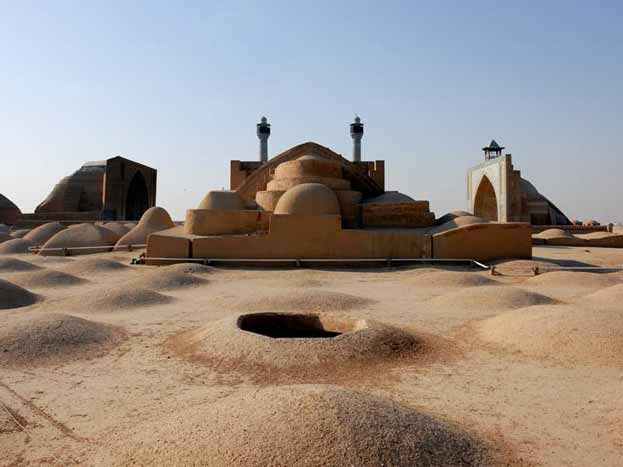Masjed-e Jame of Isfahan Iran
Located in the historical centre of Isfahan, the "Friday mosque" can be seen as a stunning illustration of the evolution of mosque architecture over 12 centuries, starting in 841 A.D. It is the oldest preserved edifice of its type in Iran and a prototype for later mosque designs throughout Central Asia. The complex, covering more than 20,000m2, is also the first Islamic building that adapted the four-courtyard layout of Sassanid palaces to Islamic religious architecture. Its double-shelled ribbed domes represent an architectural innovation that inspired builders throughout the region. The site also features remarkable decorative details representative of stylistic developments over more than a thousand years of Islamic art.

Continent: Asia
Country: Iran
Category: Cultural
Criterion: (II)
Date of Inscription: 2012
The prototype distinctive Islamic architecture
Masjed-e Jame' is the oldest Friday mosque in Iran, located in the historical centre of Isfahan. The monument illustrates a sequence of architectural construction and decorative styles of different periods in Iranian Islamic architecture, covering 12 centuries, most predominantly the Abbasid, Buyid, Seljuq, Ilkhanid, Muzzafarid, Timurid and Safavid eras. Following its Seljuq expansion and the characteristic introduction of the four iwans around the courtyard as well as two extraordinary domes, the mosque became the prototype of a distinctive Islamic architectural style.
 |
| Masjed e Jame of Isfahan Iran |


